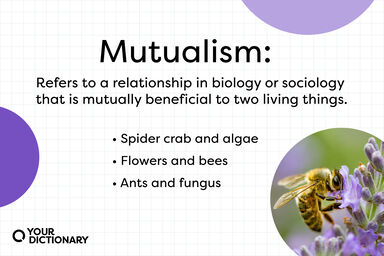Camouflage Definition
Origin of Camouflage
-
Borrowing from French camouflage, from camoufler (“to veil, disguise”), alteration (due to camouflet "smoke blown in one's face") of Italian camuffare (“to muffle the head”), from ca- (from Italian capo "head") + muffare (“to muffle”), from Medieval Latin muffula, muffla (“muff”), from Frankish *molfell (“soft garment made of hide”) from *mol (“softened, forworn”) (akin to Old High German molawēn "to soften", Middle High German molwic "soft") + *fell (“hide, skin”), from Proto-Germanic *fellą (“skin, film, fleece”), from Proto-Indo-European *pel(e)(w)-, *plē(w)- (“skin, hide”). Akin to Old High German fel (“fell, skin, hide”), Old English fell (“fell, skin, hide”). Alternate etymology traces the Italian and Medieval Latin words to Middle High German mouwe, mōwe (“sleeve”) (German Muff "muff", Dutch mouw "sleeve") from Proto-Germanic *mawwō (“sleeve”) + fell "skin". More at mulch, fell.
From Wiktionary
French from camoufler to disguise alteration (influenced by camouflet snub, smoke blown in one's face) of Italian camuffare
From American Heritage Dictionary of the English Language, 5th Edition
Find Similar Words
Find similar words to camouflage using the buttons below.





